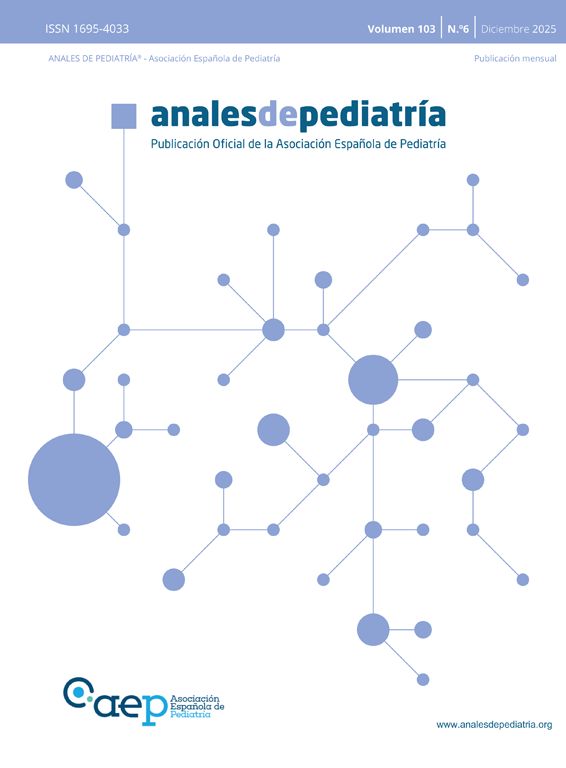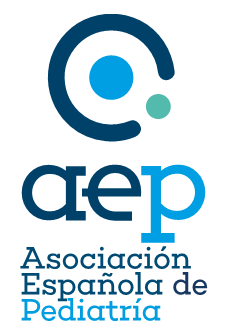International comparative studies investigating variation in disease prevalence between populations and their determinants have made important contributions to the understanding of disease aetiology in many areas. Phase I of the International Study of Asthma and Allergies in Childhood (ISAAC) used standardised questionnaires and found marked differences in the prevalence of asthma symptoms in 13-14 year olds and 6-7 year olds living in 55 different study centres in Europe. The prevalence of wheeze in the last 12 months ranged from 2.6-32.2 % in the older age group and 3.5-18.4 % in the younger age group. It was particularly high in the English speaking countries (Ireland and UK) and low in Albania, Georgia, Greece and Spain. Factors which have been found to influence the variation include nutrition, hygiene and climate. Phase II of ISAAC aimed to investigate these differences further using physiological measurements and to identify determinants of the observed differences in informative populations. A detailed study protocol was developed for use in community based random samples of 9-11 year old children (1000 per centre). The study modules include standardised questionnaires and protocols for examination of flexural dermatitis, skin prick testing, bronchial challenge with hypertonic saline, blood sampling for IgE analyses and genotyping, and dust sampling for assessment of indoor exposures to allergens and endotoxin. ISAAC II field work has been completed or started in 19 study centres in Europe, including four in Spain. The majority of centers is from countries which participated in ISAAC Phase I and reflect almost the full range of the observed variability in phase I prevalence rates. The data provide a framework for studies of populations in contrasting environments which are expected to yield new clues about the aetiology of asthma.
El factor de impacto mide la media del número de citaciones recibidas en un año por trabajos publicados en la publicación durante los dos años anteriores.
© Clarivate Analytics, Journal Citation Reports 2025
SJR es una prestigiosa métrica basada en la idea de que todas las citaciones no son iguales. SJR usa un algoritmo similar al page rank de Google; es una medida cuantitativa y cualitativa al impacto de una publicación.
Ver másSNIP permite comparar el impacto de revistas de diferentes campos temáticos, corrigiendo las diferencias en la probabilidad de ser citado que existe entre revistas de distintas materias.
Ver más


